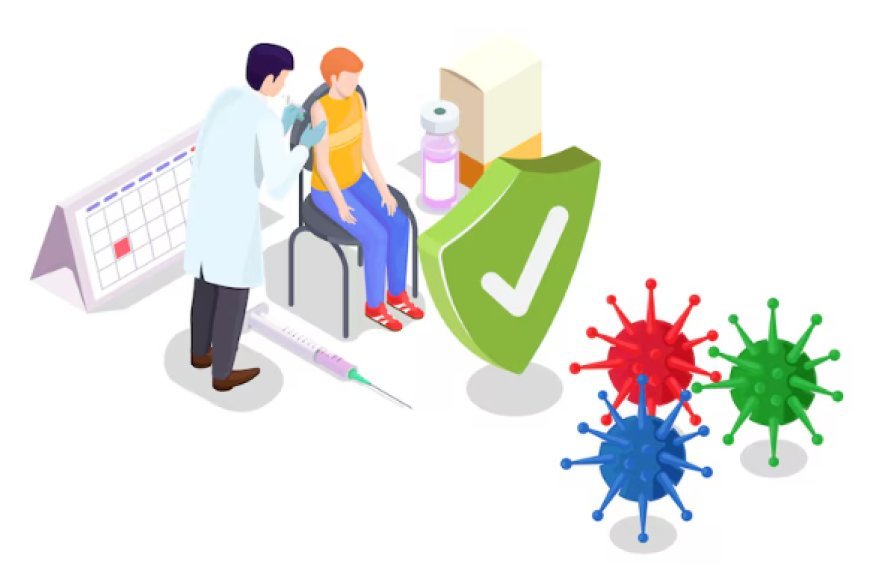2D Electrophoresis: Protein Mapping Made Visible

You’ve probably seen standard SDS PAGE gels dozens, maybe hundreds of times. You load a sample, run it, and view a series of bands that represent proteins sorted by size. It’s familiar, straightforward, and useful—but what if you could get more?
What if you could separate proteins not just by molecular weight, but by isoelectric point as well? That’s exactly what 2D electrophoresis (2-DE) delivers. It takes your protein analysis into a new dimension—literally—allowing you to create detailed protein maps that show complexity, variation, and unexpected shifts that SDS PAGE alone would miss.
This technique isn’t just for high-end labs or proteomics experts. With the right tools and strategy, you can use 2D electrophoresis to unlock hidden insights in your samples, validate biomarkers, monitor post-translational modifications, and troubleshoot puzzling results in your workflows.
Why Two Dimensions Are Better Than One
With 2D electrophoresis, you get a protein map instead of a simple lane of bands. In the first dimension, proteins are separated by their isoelectric point (pI) using isoelectric focusing (IEF). In the second dimension, the focused proteins are further separated by size using SDS PAGE.
This dual separation allows for resolution of hundreds—sometimes thousands—of proteins on a single gel. What’s more, proteins that would normally co-migrate in a traditional 1D gel now appear as distinct spots. This level of separation is essential when dealing with complex samples like tissue lysates, serum, or bacterial extracts.
If you’re tired of smears, overlapping bands, or hidden isoforms, 2-DE can show you exactly what’s going on.
Preparing for Success: Sample Clean-Up and Solubilization
Before you start thinking about gels, take a hard look at your sample prep. Proteins must be fully solubilized, denatured, and free of interfering substances like salts, lipids, or nucleic acids. Urea, thiourea, CHAPS, and DTT are commonly used in rehydration buffers to keep proteins in solution and compatible with IEF.
Failure to properly clean your sample results in horizontal streaking, missing spots, or complete loss of resolution in the pH gradient. This is especially true with high-fat or highly ionic biological fluids. Use precipitation-based clean-up kits if necessary to remove contaminants without losing precious protein content.
Isoelectric Focusing: The First Dimension
The heart of 2D electrophoresis lies in isoelectric focusing. Proteins are loaded onto immobilized pH gradient (IPG) strips, which separate them based on their pI—the point at which they carry no net charge. Each protein migrates until it finds its isoelectric point, resulting in high-resolution separation.
A good focusing run requires time. Rushing the process leads to incomplete resolution. Use a slow voltage ramp and allow for sufficient focusing (e.g., 30,000–60,000 Vh) to ensure proteins migrate properly and settle into sharp bands.
You’ll be surprised at how many distinct spots appear—often revealing isoforms, degradation fragments, or post-translational variants that you never saw in 1D gels.
SDS PAGE: The Second Dimension
After IEF, the IPG strip is equilibrated in SDS buffer to impart a uniform negative charge, then laid horizontally on top of an SDS PAGE gel. This step separates the proteins by molecular weight, just like in standard SDS PAGE.
At this stage, you’ll begin to see the magic of 2D gels. Proteins that had identical pIs but different molecular weights—or vice versa—now separate into distinct spots. It’s a kind of molecular fingerprint, and no two samples will look exactly the same.
The better your gel quality and running conditions, the sharper and more distinct your spots will be.
Staining and Visualization: Make the Map Matter
Once the gel run is complete, you need a high-sensitivity staining method. Coomassie Brilliant Blue is the most common, but silver stain and fluorescent dyes (like SYPRO Ruby) provide greater sensitivity for low-abundance proteins.
After staining, you'll scan the gel and begin spot analysis. Specialized software allows you to quantify spot intensity, compare gels, and even match spots across different conditions or time points.
This is where true biological insight happens. You might notice that certain protein spots shift in position under stress, treatment, or disease states. These shifts could indicate phosphorylation, glycosylation, or proteolytic processing.
To explore the significance of these variations in post-translational modification, learn more about spot picking and mass spectrometry-based protein identification.
Applications Across Fields
Whether you're working in cancer biology, infectious disease, agriculture, or drug development, 2D electrophoresis provides unparalleled insight into protein-level changes. It’s especially powerful when working with complex proteomes or when validating biomarker candidates.
In microbial studies, you can compare the protein expression profiles of different strains. In pharmaceuticals, you can monitor batch-to-batch consistency of protein drugs. In agriculture, you can assess stress response in plants at the protein level.
Every spot on a 2D gel tells a story—and often, it’s a story that one-dimensional methods simply can’t tell.
Troubleshooting 2D Gels: When Spots Disappear or Smear
You might encounter technical hurdles with 2-DE. If you see streaks instead of spots, it’s often due to excess salt or incomplete protein solubilization. Smears in the horizontal (pI) dimension usually point to poor IEF resolution or problems with sample loading.
Vertical smears or distorted spots may be caused by overloaded protein or poor equilibration between the two dimensions. And if spots are faint or absent, make sure your staining method is compatible with your sample type and that you’ve optimized sensitivity.
For in-depth guidance, click this detailed troubleshooting resource to improve your 2D gel workflow.
Data Interpretation: Don’t Just Stare at Spots—Compare Them
Having a beautiful gel is only the beginning. Comparative analysis is what turns your gel into a map of biological meaning. By analyzing differential expression between conditions—such as treated vs. control—you can pinpoint which proteins respond and how.
Software tools allow you to normalize spot intensities, match across gels, and create differential expression maps. From there, excising protein spots and identifying them via mass spectrometry connects your observations to specific protein IDs.
This turns your experiment from visual to actionable—from protein mapping to molecular insight.
2D Electrophoresis Isn’t Obsolete—It’s Evolved
Despite the rise of shotgun proteomics and label-free quantitation, 2D gels haven’t gone away. Why? Because they offer a visual, reproducible, and powerful way to analyze whole proteomes. And when paired with modern imaging and MS identification, their value increases exponentially.
Don’t think of 2D gels as outdated—think of them as a refined, visual-first platform for in-depth proteomics.
Final Thoughts: See What You’ve Been Missing
2D electrophoresis brings complexity into focus. Instead of accepting bands as the limit of what you can see, you open the door to isoforms, variants, and subtle post-translational modifications that define real biology.
When you take the time to optimize your prep, focus your IEF, and perfect your gel conditions, the result is a map—not just of proteins, but of cellular behavior.
That’s the power of protein mapping made visible.
What's Your Reaction?


























































